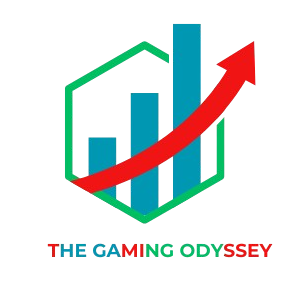In the tremendous scene of computerized diversion, web based gaming stands apart as a juggernaut, directing the consideration of millions around the world. What started as a specialty side interest has now prospered into a worldwide peculiarity, forming how we play as TDTC well as how we mingle and see virtual universes. This article investigates the development of web based gaming, following its direction from humble starting points to its ongoing status as an extravagant industry.
The Beginning: From LAN Gatherings to Web Bistros
The underlying foundations of web based gaming can be followed back to the late twentieth century when neighborhood (LANs) empowered players to associate their PCs for multiplayer gaming meetings. LAN parties, where gamers truly assembled to play together, turned into a famous method for getting a charge out of titles like Destruction and Tremor.
As web network turned out to be more far reaching during the 1990s, internet gaming took a monster jump forward. Web bistros grew up in metropolitan places, offering reasonable admittance to fast web and a shared space for gamers to gather. Titles like Ultima On the web and EverQuest spearheaded the hugely multiplayer online pretending game (MMORPG) classification, dazzling players with sweeping virtual universes and social collaborations.
The Ascent of Esports: From Easygoing Play to Proficient Rivalry
While internet gaming at first revolved around relaxed play and social collaboration, the development of esports changed it into a cutthroat exhibition. Games like StarCraft and Counter-Strike acquired prominence in serious circuits, preparing for coordinated competitions and expert players.
The development of streaming stages like Jerk additionally moved esports into the standard, permitting fans to observe live transmissions of their number one players and groups. Prize pools for significant competitions soar into the large numbers, drawing in top ability from around the globe and legitimizing esports as a real profession way.
The Period of Allowed to-Play and Microtransactions
The plan of action of web based gaming went through a critical shift with the ascent of allowed to-play (F2P) titles upheld by microtransactions. Games like Class of Legends and Fortnite shunned forthright costs for in-game buys for corrective things, skins, and different upgrades. This model democratized admittance to gaming, permitting anybody with a web association with partake without monetary hindrances.
Notwithstanding, the expansion of microtransactions additionally ignited banters about their effect on interactivity balance, player brain science, and moral contemplations, especially concerning more youthful crowds.
The Interpersonal organization: Gaming as a Stage for Association
Past the domain of ongoing interaction, web based gaming has turned into a dynamic social stage where companionships are manufactured, networks flourish, and social trade prospers. Voice visit, text informing, and social elements incorporated into gaming stages cultivate continuous correspondence and coordinated effort among players from different foundations and geologies.
